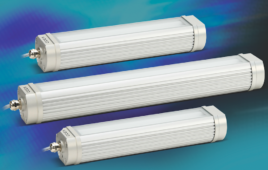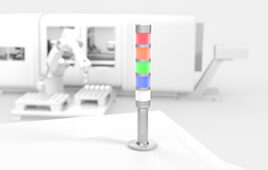Dr. Jay Golden of the Center for Sustainability and Commerce at Duke University spoke at the recent Innovation Takes Root Conference, sponsored by Natureworks. Golden discussed the U.S. BioProducts sector and quantifying efforts to drive its growth. Although his focus was primarily on the consumer market, it provided a lot of insight into the growing demand for biopolymer products and the expansion of biopolymers’ capabilities. Here are highlights of what he covered.
- There are a variety of reasons that large companies (especially large retailers) want transparency in their green practices. There is the differentiator, the competitive advantage of being green. There are insights to inefficiencies and lifecycle assessment. That allows you to find inefficiencies in your full supply chain, reducing the cost. If you have a private brand, maybe there’s some information that you want to use for your private brand that could be more selective. It’s all driving forward greener and greener products and pushing towards the bio economy.
- A sustainable apparel coalition is forming that represents approximately 35 to 40% of all apparel
and footwear sold around the world. The consortium is interested in all products, all sectors. They’re actually moving faster, in regard to impact, for bio- based products, than many other sectors. - Apps like GoodGuide allow consumers to quickly check
the environmental and health impacts of a product. Golden’s students use it all the time when they go shopping, and we should expect this type of demand for green information to continue in the future. - For the U.S. in 2013, the bio products industry was worth $369 billion dollars. Golden’s team used end plan modeling, and that number represents both direct, indirect through supply chain, and induced numbers.
- Golden’s grad students have crunched more than
 300 million lines of data in regard to how all the different products and sub products fit each other and what industries they are used in. They are working with large analytics firms to make this a searchable freeway across the globe. A manufacturer will be able to go in, pick your crop and within your crop you can analyze to see:
300 million lines of data in regard to how all the different products and sub products fit each other and what industries they are used in. They are working with large analytics firms to make this a searchable freeway across the globe. A manufacturer will be able to go in, pick your crop and within your crop you can analyze to see:
Who are the top producers? Where do they produce? What’s the embedded energy? What’s the embedded blue water, green water, phosphorus, nitrogen, and so forth? Where do they flow in the economy? What if this type of industrial product takes off or what if the EU really increases bio diesel? What are the implications for where these crops are produced and the land use, and what are the trade flows, so you can break this down by country? Which are the top producers, where are they trading and how are they being used as they are traded,
and what type of industrial processes are they using?
Center for Sustainability & Commerce
center.sustainability.duke.edu
Natureworks
www.natureworksllc.com
Filed Under: Lights • signal lamps • indicators




Tell Us What You Think!